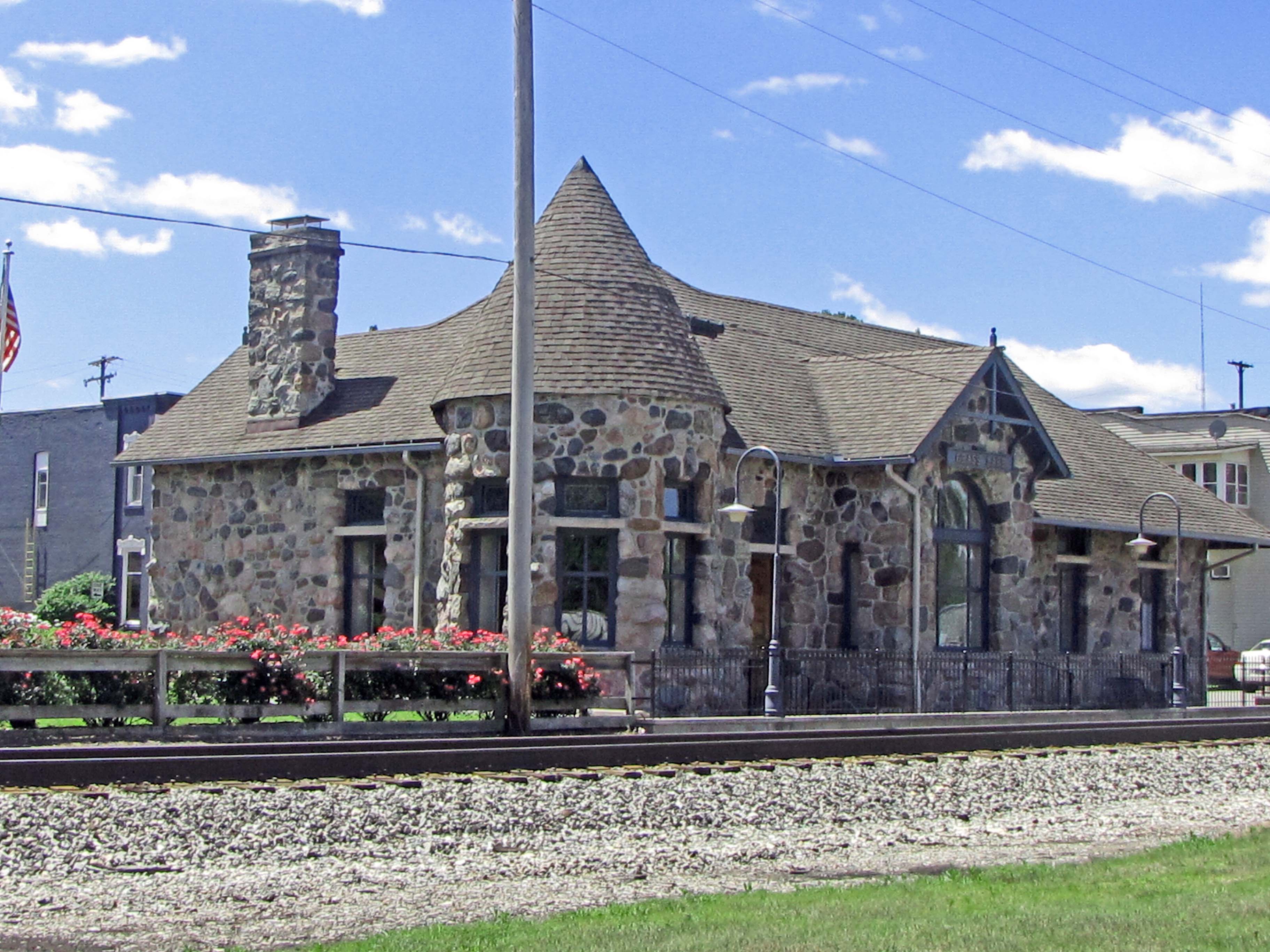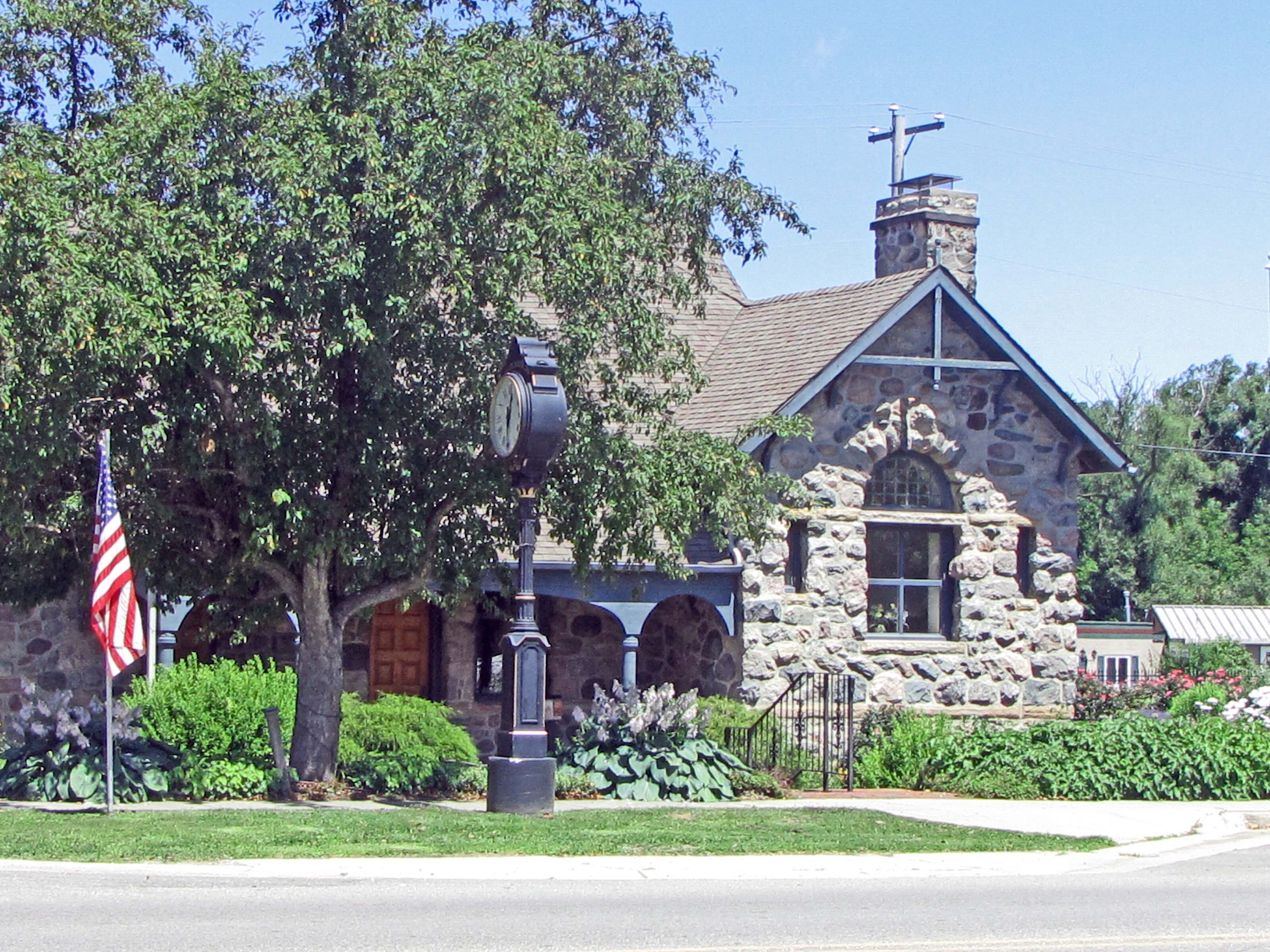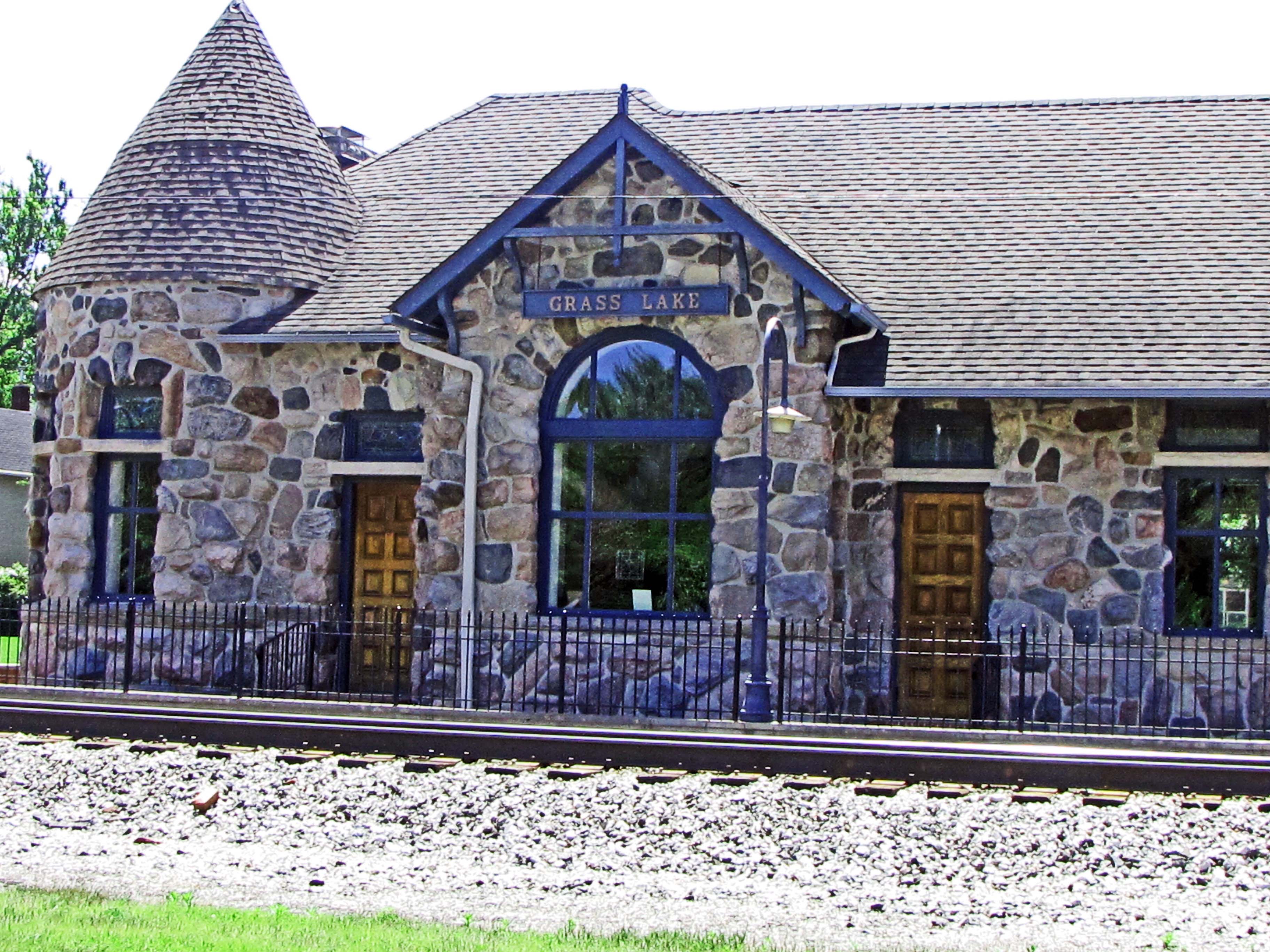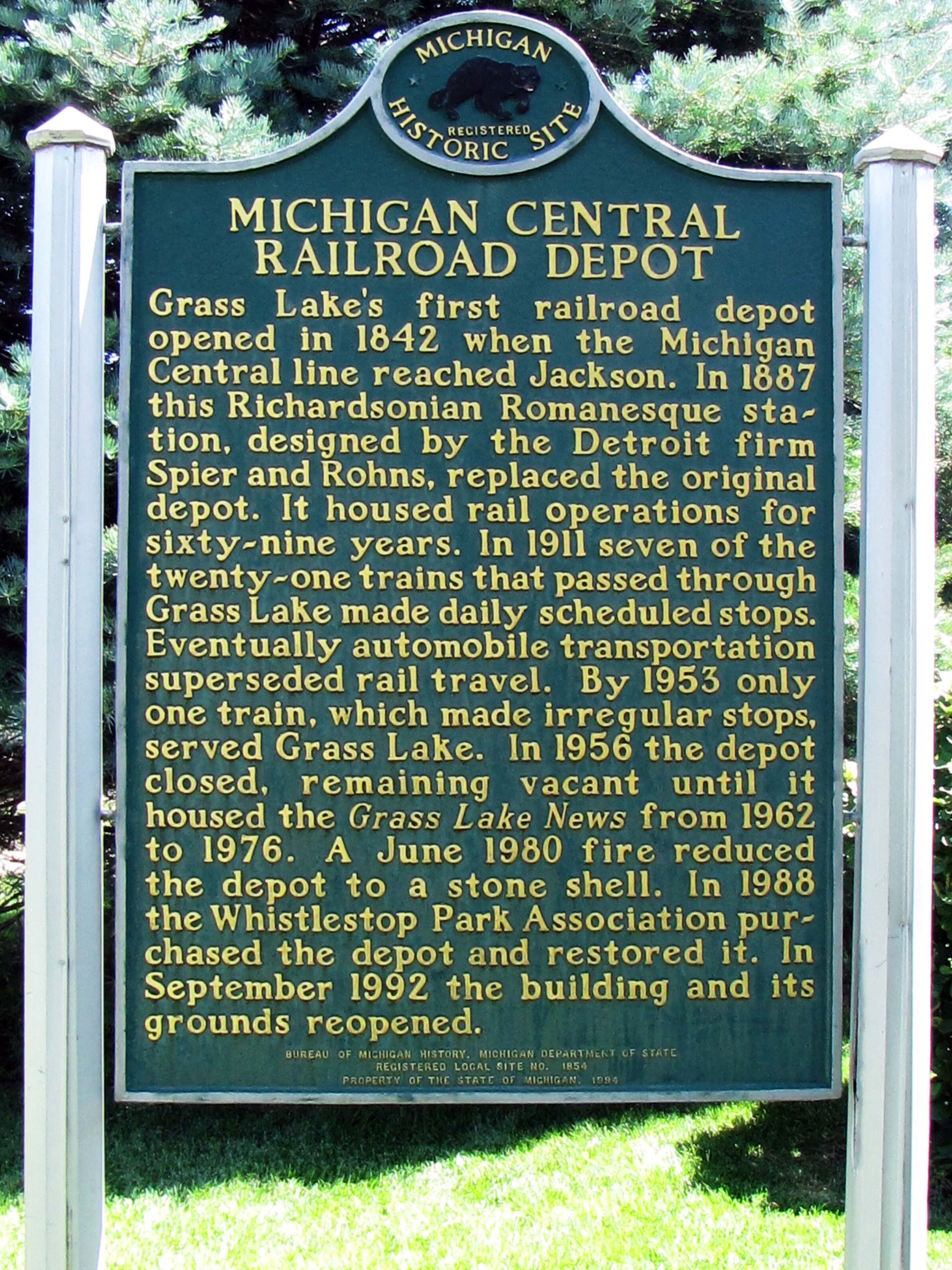

Private investors sought to build a rail line to link Detroit with St. Joseph on Lake Michigan in the 1830s, but found it extremely difficult to raise capital for their innovative project. Eventually, they began construction in 1837 in Detroit and reached Ann Arbor in 1839. The state’s first governor, Steven T. Mason, strongly favored internal developments to promote commerce. He used the credit of the new state to back bonds for the construction of three rail lines from east to west—a southern route from Monroe to New Buffalo that eventually became the Lake Shore and Michigan Southern line; a central route from Detroit to St. Joseph that became the Michigan Central; and a northern route from near Port Huron to the mouth of the Grand River that became, after a considerable span, the Grand Trunk Western. The national economic crisis of the late 1830s stopped construction on all lines except the central one. And because the state had backed the bonds of this Detroit to St. Joseph line, the state became the owner.

Although very short of capital, the Michigan Central built west from Ann Arbor, reaching Dexter in 1841 and Grass Lake the next year. That same year, the railroad reached Jackson. Apparently, there was no residential community at this location in 1842 but the railroad erected a station, perhaps for their own purposes. Residents then moved closer to what is the present village of Grass Lake, a mile or so to the east of the swampy area known as Grass Lake.
By 1848, the state sold its ownership in the Michigan Central. Indeed, there was so much upset with the money the state lost on rail lines in the 1840s that when a new Constitution was adopted in 1850, it specifically prohibited the state from owning railroads. Improvement in engineering and technology in the 1850s allowed railroads to haul freight and passengers more rapidly and more efficiently. In the next decade, the Civil War with its great demand for troops and materials, increased the profitability of many rail lines. By the 1870s, the Michigan Central, with its line from Chicago to Buffalo through Detroit and southern Ontario, was an extremely profitable component of the Cornelius Vanderbilt railroad empire.
Until the state of Michigan began paving roads in rural areas in the 1920, almost everyone and everything that arrived in a town such as Grass Lake arrived by rail. Indeed, in this small village there was no competing line, so the Michigan Central carried virtually everyone and every thing that arrived.
The Michigan Central had funds to build about a dozen impressive passenger stations that still stand, including the large ones in Niles, Kalamazoo, Battle Creek and Ann Arbor. However, they also erected architecturaqlly distinctive depots in many of the smaller towns along their busy route. One of the most memorable, is the one you see—designed by the Detroit architects, Frederick Spier and William C. Rohns. This is a classic example of th e Richardsonian Romanesque style that was then popular for impressive buildings. Note the use of the very large stone in different colors of gray with a considerable attention to detail. The interior of this depot was designed with attractive wood work.
e Richardsonian Romanesque style that was then popular for impressive buildings. Note the use of the very large stone in different colors of gray with a considerable attention to detail. The interior of this depot was designed with attractive wood work.
By the 1930s, trucks had replaced trains as the means of transport for goods directed to small villages such as Grass Lake. And individuals drove their cars on the newly paved state roads. By the end of that decade, the Michgan Central stopped just two of their trains every day at this lovely depot.
I believe that the last Michigan Central passenger train stopped at this station in 1955. The railroad ceased using this facility the next year. From 1962 to 1976, it was home to a local newspaper, The Grass Lake News. That firm moved out. In 1980, the depot burned, leaving only the stone walls standing. In 1988, an historic association, the Whistlestop Park Association, begun an effort to restore the depot to its original splendor. In September, 1992, the completely restored depot was rededicated. It now contains historical displays and may be rented for events.
From January 30, 1975 until January 13, 1984; Amtrak ran a local train from Jackson to Detroit in the morning and from Detroit to Jackson in the late afternoon. This was designed to serve commuters and was called The Michigan Executive. It did not stop at this attractive Grass Lake depot. Census 2000 enumerated 436 housing units and 1,082 residents in the village of Grass Lake.

Date of Construction: 1887
Architects: Frederick Spier and William C. Rohns
Architectural style: Richardsonian Romanesque with Late Victorian elements
Use in 2010: Historical site and meeting place for non-profit events
State of Michigan Registry of Historic Sites; P25,433 Listed May 21, 1992
State of Michigan Historical Marker: Erected: March 16, 1994
National Register of Historical Places: Not listed
Photograph: Ren Farley; June 30, 2010
Description prepared: August, 2010